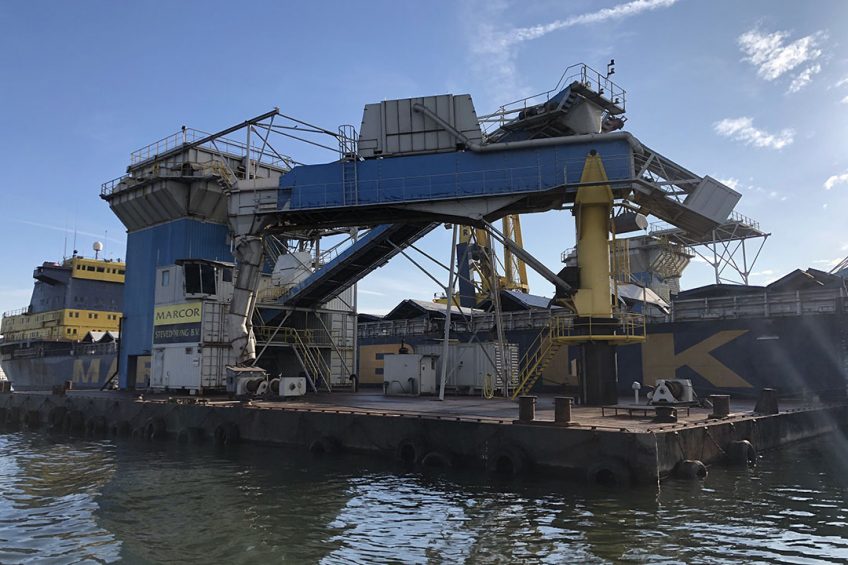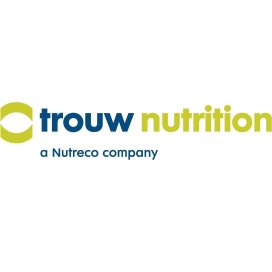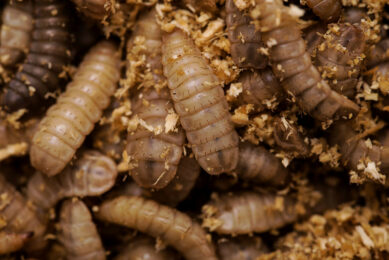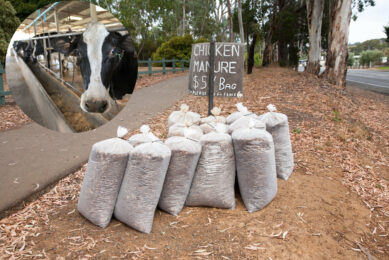Feed safety: Stopping Salmonella at the port

World Food Safety Day was observed earlier this week, however, safe feed is a pre-requisite to producing safe food every day of the year. Safe feed and food also depend upon safety processes deployed at key hubs in the supply chain.
Distribution hubs and partners such as storage and transport vessels can serve as early checkpoints to treat feed ingredients posing a contamination threat.
An example from Europe’s largest port in Rotterdam, the Netherlands, provides an example of how supply chain partners can collaborate to mitigate contamination risk in feed ingredients.

Despite monitoring Salmonella contamination still occurs
While Europe is home to very stringent feed safety legislation, an increasingly global trade environment presents challenges for mitigating contamination risk. The commodity traders and crushers supplying animal feed producers continually check raw materials for contamination before they leave the port. Despite such monitoring, a very small percentage of the roughly 25 million metric tons of feed ingredients (roughly 0.69% or 172,500 metric tons) including soybean meal, rapeseed meal and sunflower meal has been estimated to be contaminated with Salmonella.
Delay between testing and results
The delay between when ingredients are tested and the testing results arrive, can mean that an alert is triggered only after the ingredients leave the port. During transport, conditions such as humidity, can contribute to the rapid proliferation of microbes, significantly increasing the contamination level and reducing the value of the vessel’s cargo. Depending on the EU member state, contaminated raw materials may not be allowed for resale.
Tackling Salmonella at source
Recognising the threat to feed safety and feed producer economics, Trouw Nutrition, the animal health division of Nutreco, and Marcor Stevedoring, a dry bulk terminal operator in Rotterdam, applied their expertise to tackle Salmonella risk at the source. The comprehensive turn-key approach went beyond a “product” solution to address considerations including dosing, application protocols and logistics.
Treatment protocol for any location
Years of research studying how a blend of buffered and non-buffered organic acids (Selko Fysal) can be dosed and applied to meet specific conditions led Trouw Nutrition to develop a treatment protocol which can today be used on a boat, in a factory or at any location in the distribution chain.
The process based on the model at Rotterdam is as follows:
A large cargo ship enters the port and results from testing conducted at the point of departure alert the team to a Salmonella threat. Using the turnkey protocol, freight is moved from the cargo ship via a conveyor belt to smaller barges. While on the conveyor belt between ship and barge, the freight is sprayed with precisely dosed Fysal in a hydrated solution. The entire treatment unit is operational within an hour and the cargo is processed at a speed of 1,000 tonnes per hour. With these metrics in mind, a ship’s 20,000 tonne cargo can be offloaded and effectively treated within a day. Upon treatment, the cargo can be properly quarantined, re-tested to assure quality and delivered to the end user.
Staff training:
The efficiency of the system works hand in hand with proper training of staff. Trouw Nutrition provides a supervisor to train the staff on specific protocols and an operator to assess correct dosing and application of product onto material.
Not a ‘one-and-done’ tactic:
Assuring safe feed and safe food is not a ‘one-and-done’ tactic, but an ongoing process. As World Food Safety Day is observed, the turnkey approach deployed in Rotterdam shows that collaboration and innovation can play a key role in assuring the safety of feed and ultimately food.
| 3 Questions about feed, freight and mitigating contamination |
|---|
| A quick conversation with Pieter Steyn, Global Programme Manager, Trouw Nutrition What types of animal feed are most subject to contamination in freight? Salmonella is more prevalent in raw materials containing high levels of protein, like soybean meal and rapeseed meal . Other livestock species, such as ruminants that eat forage-based diets, are less subject to freight-borne risk in feed. Are some regions of the globe at greater risk of harbouring Salmonella in freight? Warm and humid geographies can pose more favourable conditions for microbes, such as moulds. Who benefits from efforts to mitigate contamination in cargo? Oil crushers and commodity traders know that a contamination risk will impose an economic penalty in terms of a lower sale price. It has been estimated that the impact on soya pricing is about 2%. Quality assurance managers at feed mills benefit from improved quality which supports better efficiency and economics. And at the end of the day, assuring feed safety benefits all stakeholders in the supply chain. |











